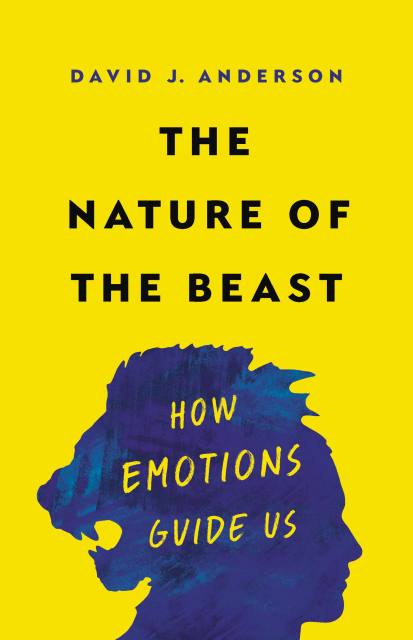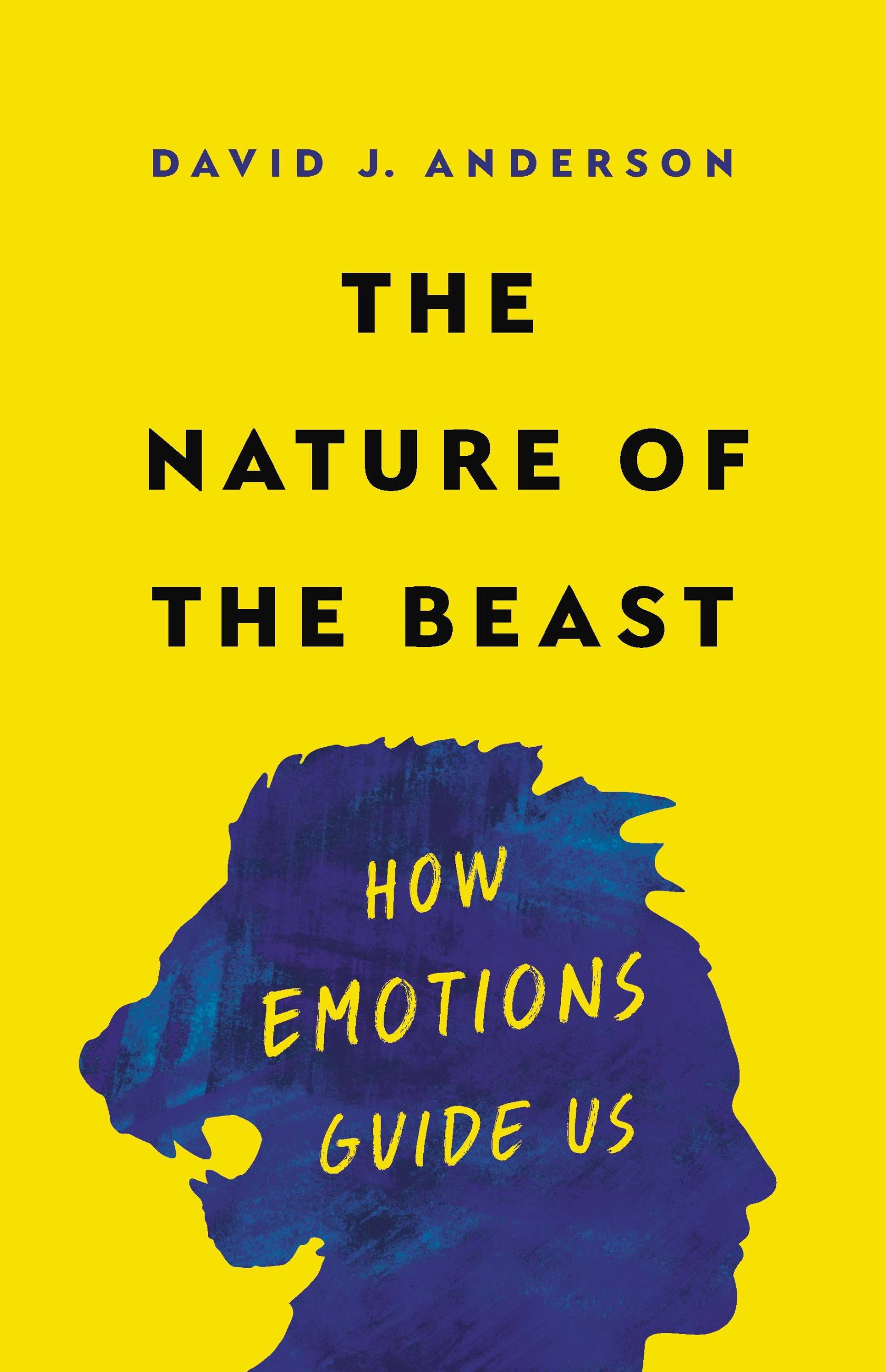Promotion
Use code BEST25 for 25% off storewide. Make sure to order by 11:59am, 12/12 for holiday delivery!
By clicking “Accept,” you agree to the use of cookies and similar technologies on your device as set forth in our Cookie Policy and our Privacy Policy. Please note that certain cookies are essential for this website to function properly and do not require user consent to be deployed.
The Nature of the Beast
How Emotions Guide Us
Contributors
Formats and Prices
- On Sale
- Mar 15, 2022
- Page Count
- 304 pages
- Publisher
- Basic Books
- ISBN-13
- 9781541674639
Price
$29.00Price
$37.00 CADFormat
Format:
- Hardcover $29.00 $37.00 CAD
- ebook $17.99 $22.99 CAD
This item is a preorder. Your payment method will be charged immediately, and the product is expected to ship on or around March 15, 2022. This date is subject to change due to shipping delays beyond our control.
Buy from Other Retailers:
A pioneering neuroscientist offers a new way of understanding how emotions drive behavior
Does your dog get sad when you leave for the day? Does your cat purr because she loves you? Do bears attack when they’re angry? You can’t very well ask them. In fact, scientists haven’t been able to reach a consensus on whether animals even have emotions like humans do, let alone how to study them. Yet studies of animal emotion are critical for understanding human emotion and mental illness.
In The Nature of the Beast, pioneering neuroscientist David J. Anderson describes a new approach to solving this problem. He and his colleagues have figured out how to study the brain activity of animals as they navigate real-life scenarios, like fleeing a predator or competing for a mate. His research has revolutionized what we know about animal fear and aggression. Here, he explains what studying emotions and related internal brain states in animals can teach us about human behavior, offering new insights into why isolation makes us more aggressive, how sex and violence connect, and whether there’s a link between aggression and mental illness.
Full of fascinating stories, The Nature of the Beast reconceptualizes how the brain regulates emotions–and explains why we have them at all.
Genre:
-
"The Nature of the Beast offers a stellar new paradigm for investigating inner brain states like emotion. With his famously clear-headed logic and a plain-spoken walk through the data, Anderson crafts a stunningly coherent and compelling work whose implications are potentially vast—especially if, as seems likely, it enables breakthrough treatments in psychiatric care, at long last."Patricia Churchland, University of California, San Diego
-
“The Nature of the Beast presents an insightful new framework for understanding how the brain regulates emotion. With wry humor, David J. Anderson walks readers through the wonders of how neurons—funny little computational units of the brain—give rise to such rich and complex things as emotions. His fruitfly work is both legendary, and well, fruitful, in helping to elucidate how it is that our brains respond to information in the environment. Of all the major emotion books to have come out in the past decade, this is the most illuminating and useful of the bunch. An incredible work.”Dr. Daniel Levitin, author of Successful Aging
-
“We humans spend most of our waking hours in a subjective state, wallowing in a “felt" sense of life. What is that and how do brains create it? Fearlessly, David Anderson takes on the central issue of neuroscience and provides a roadmap to truly understand this reality. Surprisingly, he reveals the way to get there is to study the fly brain not the millions of psychiatric patients that are waiting for help. This field needs new ideas and this book provides it.”Michael S. Gazzaniga, University of California, Santa Barbara
Newsletter Signup
By clicking ‘Sign Up,’ I acknowledge that I have read and agree to Hachette Book Group’s Privacy Policy and Terms of Use







